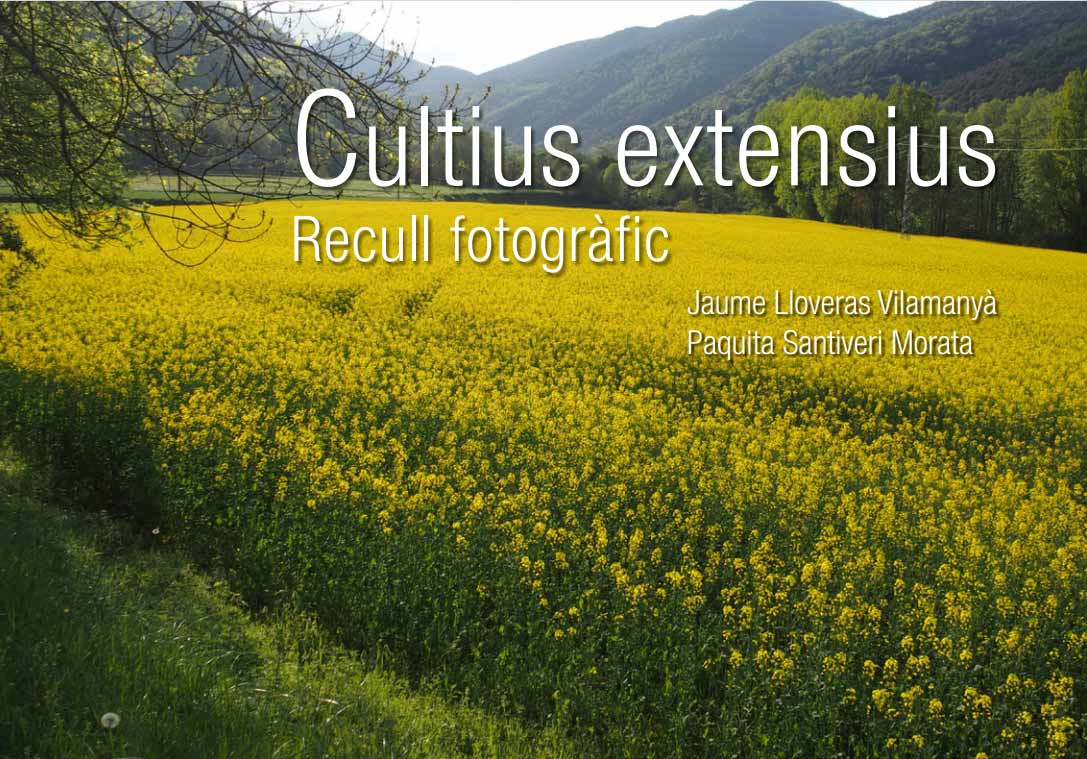- The document contains images of 21 crop species, their agricultural practices and curiosities collected over the last thirty years
- Published in Catalan, Spanish and English, the collection of photographs is available free of charge on the Agrotecnio website
Lleida, 16th January 2023. The researchers of the Crop Physiology group of the Fundació Centre de Recerca en Agrotecnologia (Agrotecnio) and professors of the University of Lleida (UdL), Jaume Lloveras and Paquita Santiveri, have published ‘A series of photographs of field crops’, a digital collection with 1,000 images of extensive crops taken by the authors over the last thirty years. The aim of this free and open access document is to offer graphic resources to teachers, researchers, university students, agricultural technicians and farmers so that they can use them for educational and informative purposes. The compilation, with language versions in Catalan, Spanish and English, is available on the Agrotecnio website.
Presented as an interactive PDF, the work is divided into five sections: ‘Field crops’, ‘Soil and water’, ‘Field management and fertilization’, ‘Harvests and crop conservation’ and ‘Agrarian landscapes’. The ‘Field crops’ section stands out, with more than 500 images of 21 types of species typical of the Mediterranean area such as alfalfa, wheat, barley and maize, as well as others from international agricultural contexts such as millet and cassava. With photographs taken largely in agricultural areas of Catalonia, the document contains images from 15 countries: Argentina, Colombia, Cuba, Spain, the United States, France, Italy, the Netherlands, Peru, the United Kingdom, Romania, Senegal, Serbia, Tunisia and Ukraine. Seventeen professionals in agriculture and university teaching in Catalonia collaborated in its production.
Curiosities and banned agricultural practices
Due to the broad time period in which the photographs are framed, some of them show agricultural practices that have been modified or banned outright. “Our work does not judge the suitability or perfection of the techniques collected, but simply illustrates the evolution of agriculture,” says Lloveras. Examples of these non-recommended practices are the burning of maize stubble, the application of slurry with a fan or the use of fertilisers in flood irrigation.
As for some curiosities, ‘A series of photographs of field crops’ contains photographs of fields that went from dry to irrigated farming, or of manual sowing and harvesting methods. “We have also included in the compilation the use of new technologies in agriculture, such as the study of drones in maize crops or the installation of alternative energy sources in agricultural landscapes,” adds Santiveri.
Download link: https://unidisc.csuc.cat/index.php/s/9SaVSxgduXb3ADN

